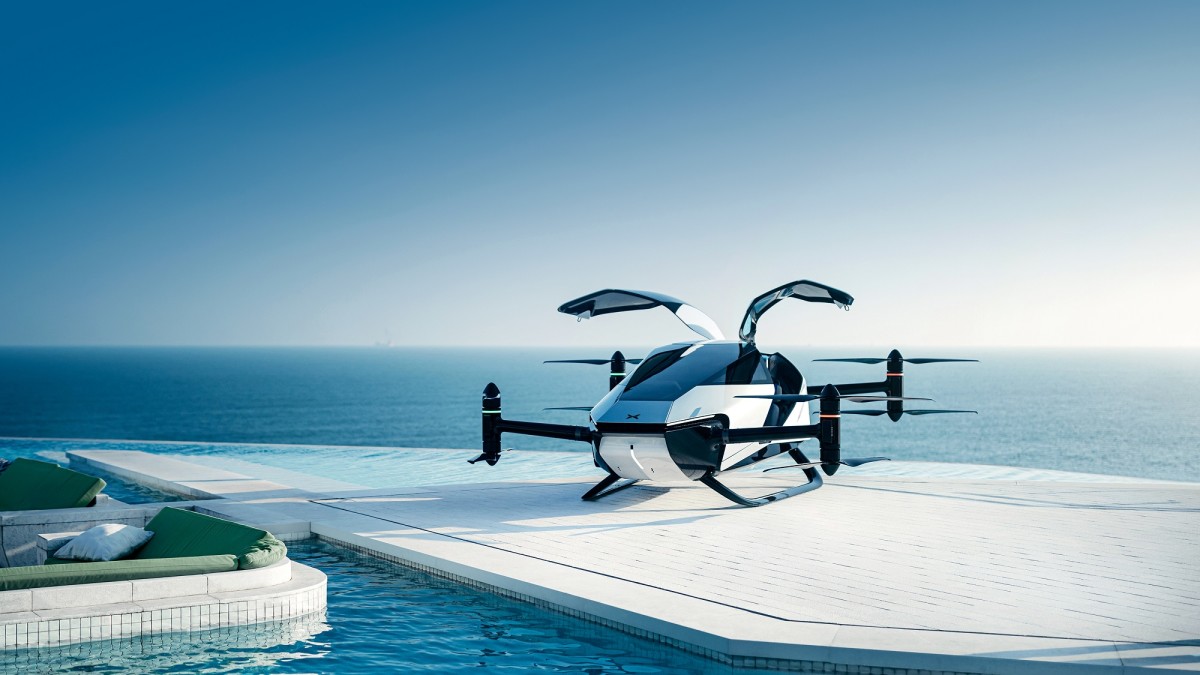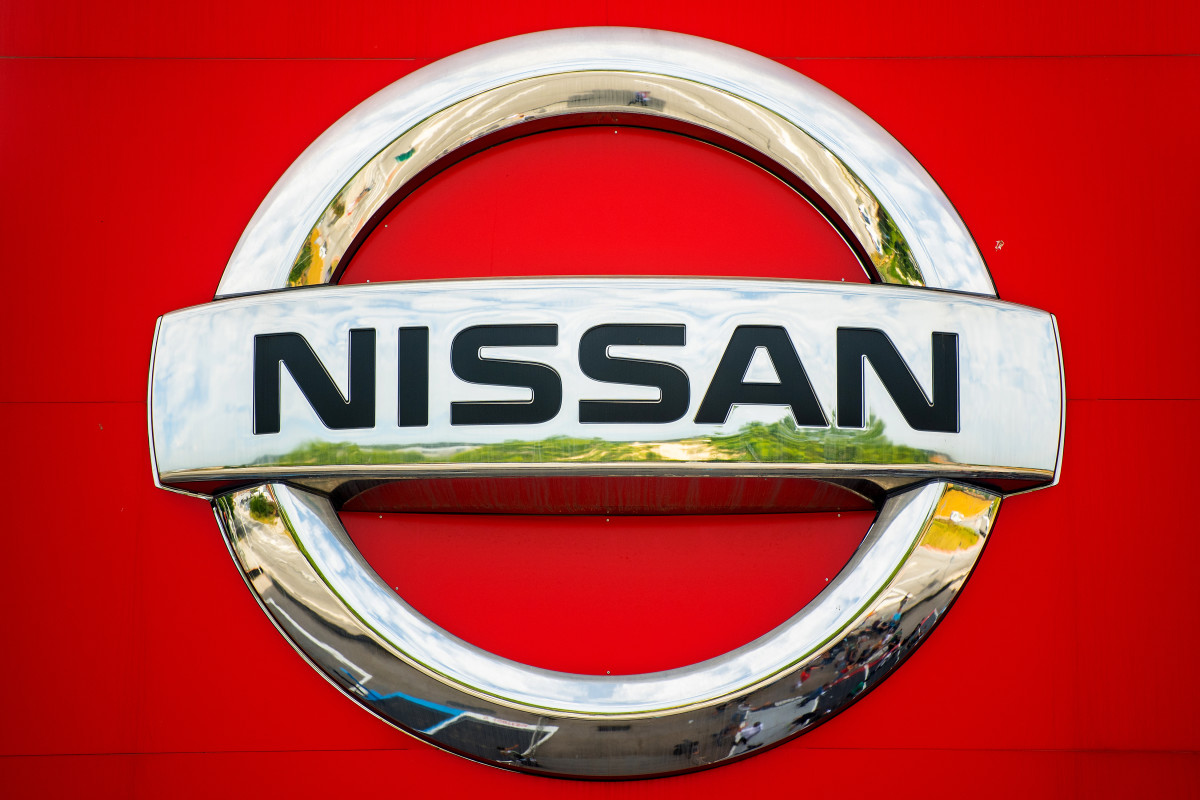XPeng X2: Australia's First Flying Car Revolution
In a groundbreaking development for the automotive and aviation industries, the XPeng X2 has officially taken flight in Australia. This marks a significant milestone as the first commercially available flying car in the country, capturing the imagination of enthusiasts and industry experts alike. With its futuristic design and cutting-edge technology, the XPeng X2 is redefining what it means to travel.
A New Era of Mobility
The XPeng X2 is not just a car; it's a glimpse into the future of transportation. Priced at approximately $300,000 AUD (around $194,000 USD), this innovative vehicle combines the best of both worlds—offering the convenience of a car with the freedom of flight. The XPeng X2 has already made waves at international events, including a stunning appearance at the Sydney International EV Show, where it left audiences in awe.
Designed with eight individual rotors and motors surrounding a sleek two-seater cockpit, the XPeng X2 resembles something straight out of a sci-fi movie. Its unique design is not just for show; it includes a ballistic-grade parachute as a safety precaution, ensuring peace of mind for its passengers.
Regulatory Hurdles and Future Prospects
Despite its availability for purchase, the XPeng X2's journey is not without challenges. Prospective owners must possess a pilot's license to operate the vehicle, and the Civil Aviation and Safety Authority (CASA) has yet to approve it for use by local authorities. According to TrueEV, XPeng's delivery partner, this approval process could take up to a year.
However, the potential applications for the XPeng X2 are vast. From medical emergencies to remote deliveries, the vehicle offers a versatile solution for various industries. Interestingly, Australian farmers, who currently use helicopters for their operations, have shown significant interest in the XPeng X2, highlighting its practical utility beyond urban environments.
Performance and Specifications
The XPeng X2 boasts impressive specifications, with a range of approximately 46 miles on a single charge and a top speed of around 80 mph. It can fly at a maximum altitude of 500 meters, making it suitable for short-distance travel and urban commutes. The current model is the fifth generation, and future iterations are expected to extend flight time to around two hours.
Weighing just under 800 pounds unladen, the XPeng X2's lightweight design contributes to its efficiency and performance. This is a testament to XPeng's commitment to innovation and sustainability, as the vehicle is fully electric, aligning with global efforts to reduce carbon emissions.
The Global Impact of Flying Cars
The introduction of the XPeng X2 in Australia is part of a broader trend towards the development of flying cars worldwide. Companies like Toyota, Hyundai, and Uber are also exploring this frontier, with projections suggesting that the global flying car market could be worth over $1 trillion by 2040.
In the United States, some state governments are already preparing for the arrival of flying cars. Arizona, for instance, is taking steps to become a pioneer in adopting flying cars and air taxis, signaling a shift in how we perceive and plan for future transportation needs.
Conclusion
The XPeng X2 represents a bold step forward in the evolution of personal transportation. While there are still hurdles to overcome, such as regulatory approvals and public acceptance, the potential benefits of flying cars are undeniable. As technology continues to advance, the dream of flying cars becoming a common sight in our skies is inching closer to reality.
For now, the XPeng X2 stands as a symbol of innovation and the limitless possibilities that lie ahead. As we embrace this new era of mobility, the sky is no longer the limit—it's just the beginning.






%20(256%20%C3%97%20256px).png)
.svg)
